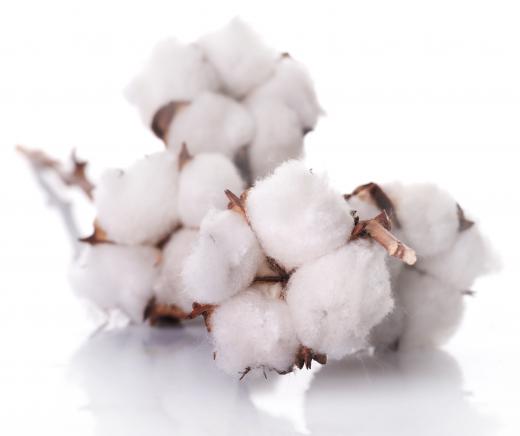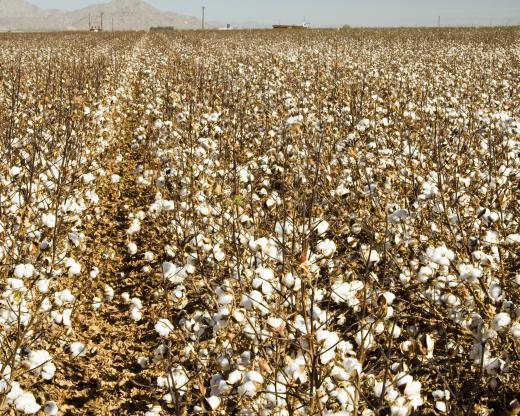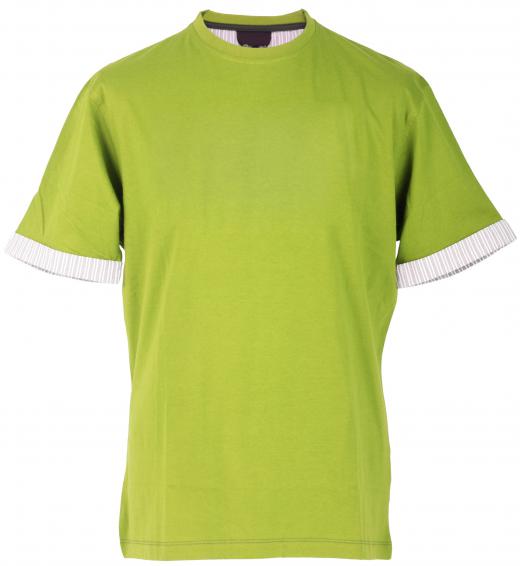Biopolished cotton is a type of cotton that has been treated with enzymes, mostly cellulases. Cellulases are enzymes that digest or break down cellulose, the main fiber that is present in plants. As cotton is a plant, weaving it can create a hard and rough fabric that isn’t particularly comfortable. For a long time, some cotton has been treated with different chemicals in order to soften it.
In the late 20th century, Japanese scientists wanted to find a way to soften cotton without using potentially irritating chemicals. This is often called ecoprocessing. They developed the concept of using microbial cellulase enzymes to digest and break down some of the cotton, resulting in a very soft cotton called biopolished cotton — bio because of the use of live enzymes — that is now highly popular.

With the application of certain enzymes, biopolished cotton becomes softer. The enzymes are applied to the fabric under specific high temperatures and essentially break off the little cotton fibers that stick out over the surface of the fabric. Without a microscope, you might not even notice these fibers, but for people with sensitive skin, they can feel itchy, rough or irritating. This cotton is far less likely to produce pilling of the cotton when washed. You will usually find that biopolished cotton retains its shape better and lasts longer, looking newer.

Various countries patent several of the enzymes used in biopolished cotton. These include lixazyme, lixaprox, Bio-gloss, and a host of others. Since many of these techniques are patented, there is little information on the specific source of the enzymes.
While this type of cotton was the first fabric to be treated with enzymes, many others have followed. Tencel® is given its soft feel through the process. Cotton blended with jute may also be biopolished. Manufacturers started treating wool with enzymes in 1995, resulting in softer, and often machine washable wools.

Biopolished cotton is only one example of the many enzyme treatments for different fabrics. There are now numerous ecoprocessing means for making fabric more malleable, brightening fabric, making it easier to dye, and for altering the appearance of fabric. Stonewashed denim is likely to be made of biopolished cotton rather than actually washing the fabric with stones, making the process much more efficient. Of course, you could look at stonewashing, when no chemicals were added as a form of ecoprocessing too.
Use of enzymes to treat fabric reflects current trends among manufacturers who want to find more natural means to make or improve products. Reducing debt to the environment by using natural and biodegradable substances is becoming quite common in a variety of industries. In regard to biopolished cotton, the use of ecoprocessing not only provides us with a less chemically treated garment, but also with some of the softest and longest lasting cotton garments currently available.
